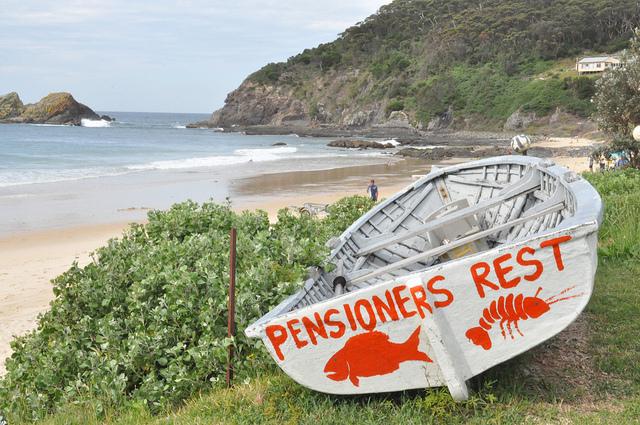
Research into attitudes to retirement saving suggests the federal government’s plan to tighten the assets test for the age pension may not have the desired effect.
An international study by Professor David Michayluk of UTS Business School and Professor Paul Brockman of Lehigh University, Pennsylvania, has found that Australians are least likely of those surveyed to respond to fear about not having sufficient retirement savings.
The study also shows that younger people are wary about superannuation-based saving because of frequent changes to the rules.
In this context, proposed changes to the assets test could discourage Australians from saving, ultimately leaving more on a part or full age pension, Prof Michayluk says.
“Australians may be scared they won’t have enough to retire on, but they are not willing to save more,” Prof Michayluk says of the findings of a study that examined attitudes about retirement savings in Australia, the US, Canada and Britain. The research was supported by a grant from Australia’s Centre for International Finance and Regulation.
The international study found that a higher percentage of Australians, compared to Americans, Canadians and Britons, were fearful about having enough to retire on, yet Australians were making the same saving decisions as the other nationalities.
In the study of 4,825 people, Australians were least likely to save more after hearing financial hardship stories. “Australians seem to be less engaged than in other countries,” Professor Michayluk says, “possibly because the contributions are automatically made. Another possibility may be the lower severity of the 2008 financial crisis in Australia compared to other countries.”
'Creating a disincentive to save seems counter-intuitive'
Professor Michayluk says the study suggests the proposed changes to the age pension assets test could discourage Australians from saving, if they think saving will reduce their entitlements. “Creating a disincentive to save seems counter-intuitive,” he says of the government’s proposal.
“The changes may incentivise people to have a larger primary residence, since it is not considered in the calculation. It may generate more business for tax accountants as they devise ways of structuring finances to not be affected by changes in the rules.”
Prof Michayluk says the research confirmed that older Australians are more scared of taking risk with their investments. But with interest rates so low, term deposits or low-risk securities won’t make up for the erosion or loss of the age pension under the proposed changes. “These Australians will have to invest in riskier securities or they will fall behind and have to spend more of their savings,” he says.
Prof Michayluk says there are other taxation methods used in countries such as Canada and the US that do not tax assets contributed to or within retirement pools. Instead, they apply tax when the funds are withdrawn in retirement.
“This creates a bigger pool of assets to accumulate tax free in the saving phase, and then there is an incentive to take out only the minimum in retirement because the withdrawals are taxed progressively like any other income.”
The first $18,200 might be tax free, for instance, then $18,201-$37,000 taxed at 19% and so on, up to the top tax rate.
“In Australia, the entire superannuation balance can be accessed tax free at retirement, so it may be a ‘rational’ decision to quickly spend some assets so that the balance is low enough for you to qualify for the aged pension,” Prof Michayluk says. “Real superannuation reform may be able to address these peculiar incentives.”
Image credit - Lesley Parker

